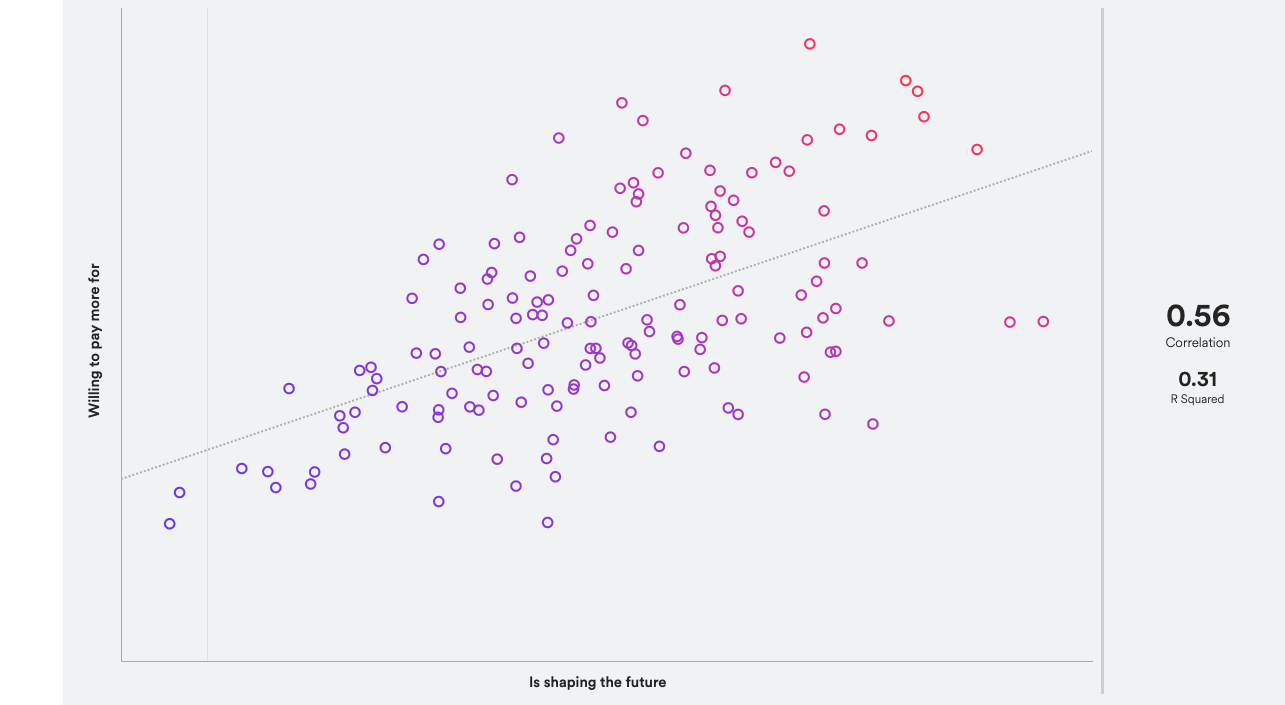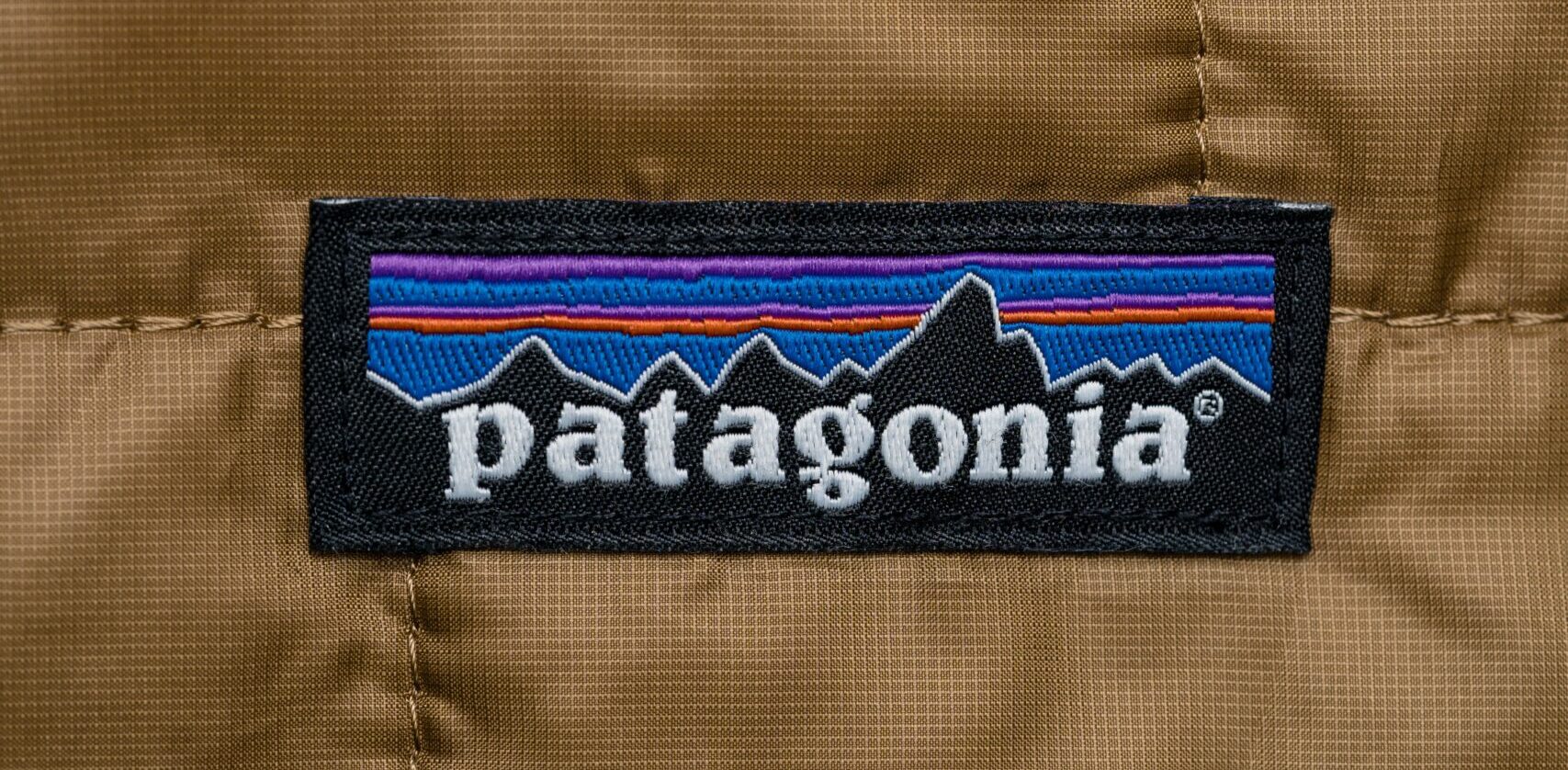Some media pundits forecasted that a new ‘Roaring 20s’ with a sustained consumer spending boom and ‘party’ mentality lay ahead once we emerged from Covid. However, the only roar so far is that of rising inflation.
Inflation has hit 5.4%, its highest level in almost 30 years – a pattern that is echoed around the world and is likely to continue given that commodity prices are up 33%, energy costs 20% and global shipping costs 300%.
Many younger consumers have not experienced steep jumps in price on everyday products before. Millennials considering how to get on the property ladder or gen Zs thinking about an expensive holiday now find their finances under huge pressure as food and energy bills soar.
This rise in the cost of living and reduction in disposable income impacts brand margins. It has already had a major effect on the share price of many brands – notably Unilever, whose share price has dropped 13% over the past six months.
Brands now face some major dilemmas. They need to have an ‘inflation strategy’; are they going to absorb rising costs or pass them on to consumers? There will be huge pressure to focus on short-term commercial returns – especially in sectors such as CPG and retail, which track sales and revenue daily.
Crucially, inflation is going to put a squeeze on some of the big sustainability commitments brands have made over the past two years. In this new context, many clients will be reviewing their marketing strategies.
The importance of ‘brand purpose’ is being questioned. The purpose party reached a zenith in November at Cop26, with a host of pledges from sectors ranging from auto to health and beauty. But when making ends meet becomes the primary concern for customers and businesses alike, is worrying about society and the environment an unnecessary luxury?
Unilever shareholder Terry Smith expressed his feelings loudly this month when he said that Unilever management was “losing the plot” by focusing on purpose and sustainability rather than business fundamentals.
But an earlier indicator of reverse gear happened in October when Nike quietly suspended its reuse-a-shoe program – its most tangible customer commitment to tackling waste and building a circular economy – citing Brexit costs. But purpose needs to remain a guiding star.
Divesting from purpose is not a sound strategy for long-term success. Instead, companies should take this opportunity to make their purpose and sustainability commitments work harder for them. Making them clearer, more tangible and more motivating for customers and employees alike will pay off.
Here’s why and how to protect your brand purpose in this challenging time.
For a lot of the UK, these are scary, challenging times. Customers will be in genuine distress and brands need to be empathetic to their concerns. It is vital brands show real understanding and do not provide flippant or ill-thought-out ‘advice.’
Read the public mood. Energy suppliers have not covered themselves in glory so far in this respect. There’s been no reassurance for anxious small businesses that they will receive help and the tonal dissonance in consumer communications has been striking. E.On put its foot in it with its socks mailer, and Ovo Energy posted handy hints to stay warm in a blog, which led to an apology from its chief exec.
Acknowledge the impact this will have on priorities. Right now, 78% of people are moderately to extremely concerned about the climate crisis. But this concern is fragile. In 2008, before the credit crunch hit, 77% of the UK public were moderately to extremely concerned about the climate. By 2010, at the height of the recession, this had fallen to 63%.
We’re seeing signs of this again – 59% of the UK public believe Covid-19 has already reversed or slowed action on climate change, according to Savanta’s Eco Index. Net-zero targets and the desperate urgency of the crisis mean that unlike last time around businesses cannot take this as a cue to deprioritize sustainability initiatives.
Instead, marketers need to show how their commitments to decarbonization are aligned with the values and needs of their audience. As the IPA’s new ‘Effective on Purpose’ report highlights through the example of Kenco, consumers need brands to show how their sustainability issues relate to their own world.
The single most important marketing decision of the next 12 months for brands will be their pricing decisions. Brands that successfully optimize their pricing to support margins without undermining volume sales will be the big winners of this post-pandemic period.
We are likely to see a resurgence of value retailers meet this need through discounted options – though given the challenge of commodity, energy and shipping costs, even these brands will need to start charging more.
So the real job for marketers is to make customers feel comfortable with price increases through the rational justification of value and emotional reassurance that answers the question, ‘why pay more?’
Our Participation Brand Index has tracked the drivers of this question for nearly a decade. And the data has repeatedly demonstrated that the marketing lever correlating most strongly to a willingness to pay more is brand purpose. Brands that demonstrate a commitment to society, the environment, communities and their customers’ worlds are the ones people are happy paying more for. Doubling down in purpose will be a key strategy for brands to protect their margins in the coming months.
My colleague and Iris pricing guru Ed Heskins points out that in pricing, a one-size-fits-all approach is rarely the best route forward, and says: “Brands that are most sophisticated in their understanding of their value proposition, and their customer, are best placed to target price increases where they will have the greatest impact on margin, while protecting sales volumes.”

Correlation between 'shaping the future' and 'willingness to pay more'
One crucial implication of inflationary rates will be in its implications for the profits and losses (P&Ls) of agencies and other businesses in our industry. Inflation drives higher salary expectations from employees, already pushed sky-high by the Great Resignation. Many businesses will struggle to drive fast enough income growth to match these demands and so will risk losing their best talent.
This is where brand purpose comes to the rescue. Organizations with a clear sense of purpose – brought to life through a commitment to employees, communities and society – have much stronger retention rates than other businesses.
Take Patagonia – it is the poster child for sustainable products with a thoroughly audited supply chain, but it also sets the bar for the way it treats staff. Employee experience is as crucial as the customer experience. The two go hand in hand and Patagonia has kept staff turnover to 4% while churn in retail and consumer products averages 13%.
There are plenty of studies that show that millennials and gen Z, who will make up an increasingly larger proportion of the workforce, want their employers to take a strong position on social and sustainability issues. This doesn’t mean you take advantage of their desire to work at a ‘meaningful brand’ to pay them less, but you do weigh up the value that being purposeful brings in reducing churn. Recruitment is expensive and can lead to early burnout for those shouldering an extra workload.
Marketers and CSR/ESG departments should be natural allies and need to support each other in arguing that cutting back on current sustainability programs or planned activity will be a false economy. The points I’ve made should help reinforce these arguments. Taking a long-term view is how businesses build loyalty and value – and indeed ensure their own sustainability.
